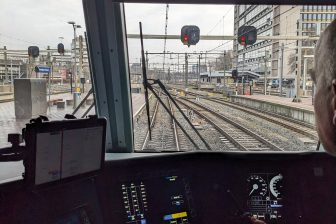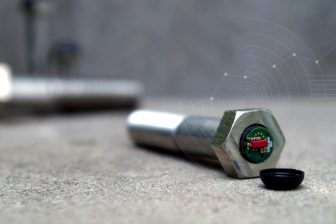New technologies to eliminate railway accidents: Digital Twins and more
Efficient and secure railway operations are vital to the global economy. Railways transport billions of tons of freight and passengers every year across thousands of miles of tracks, linking municipalities and countries. To put it in perspective, the U.S. alone moves over 1.6 billion tons of freight on more than 140,000 miles of track annually, including 1.6 million tons of raw materials and consumer goods. However, due to the sheer number of freight cars moving every minute of every day, mishaps and system failures are common occurrences.
Want to read more?
You have read all of your free premium articles for this month. Please become a subscriber to keep reading.
Subscribe now!
Take advantage of our exclusive offer to get full access to all premium content.




True, however, defensively as currently, mere symptoms, squats, cracks, “RCF”, broken rails…, simply no longer is acceptable. Now Root (the old sleeper standard) has to be outed from railway!
Advantages will be several.
When safely calculable, safely safety factors are possible – and future proof resilient and redundant railways can be constructed.
As all other robust modes, then railways will be upgradeable, to STAX32, etc. Capacity within existing track system safely is added, etc., etc.